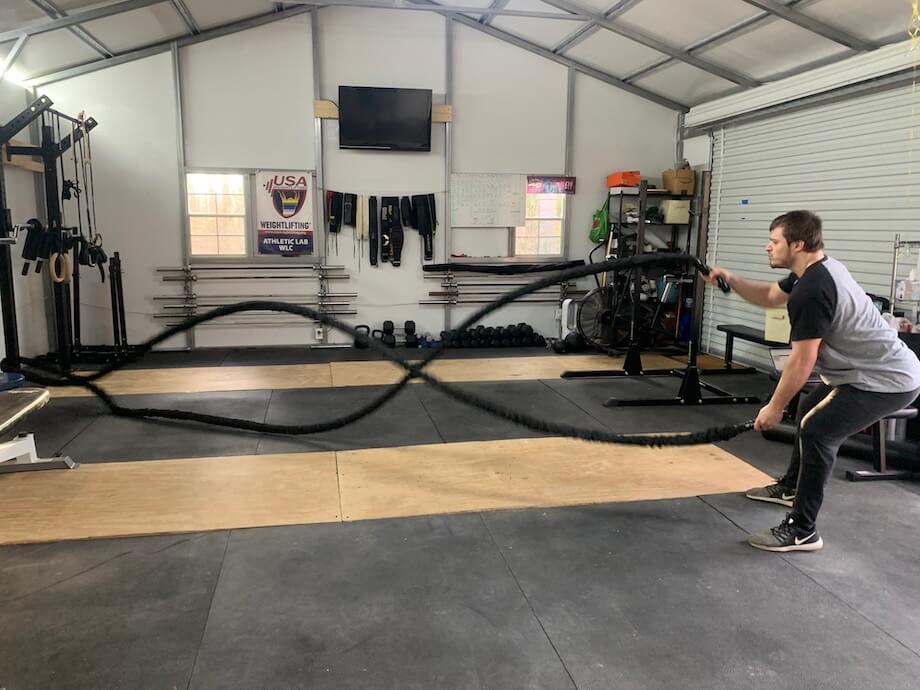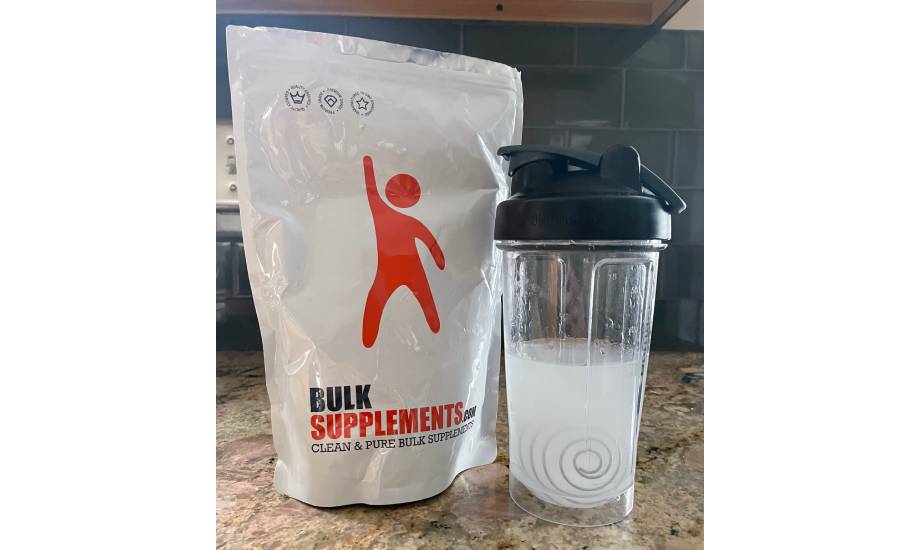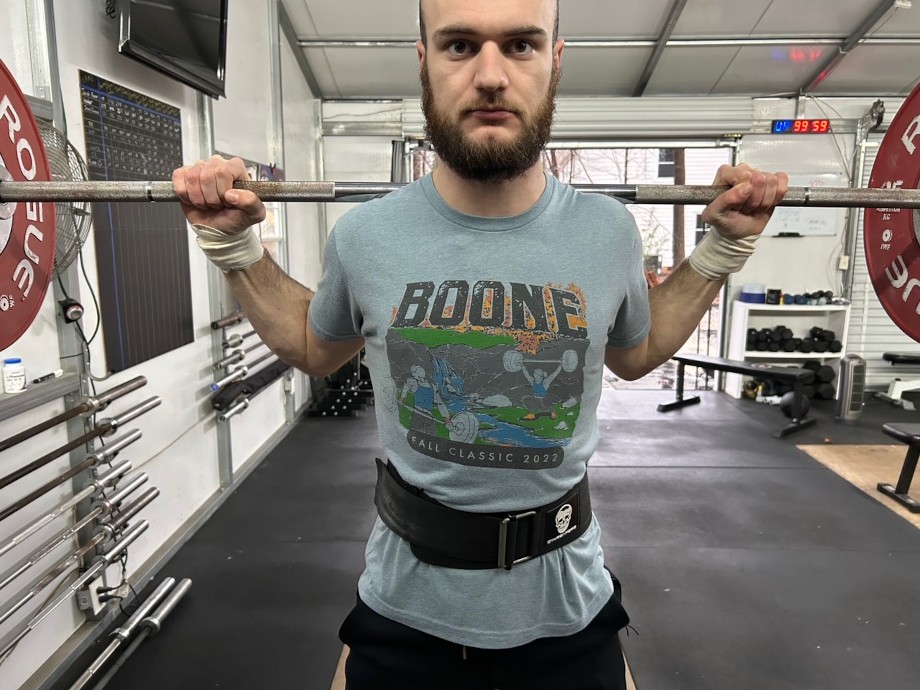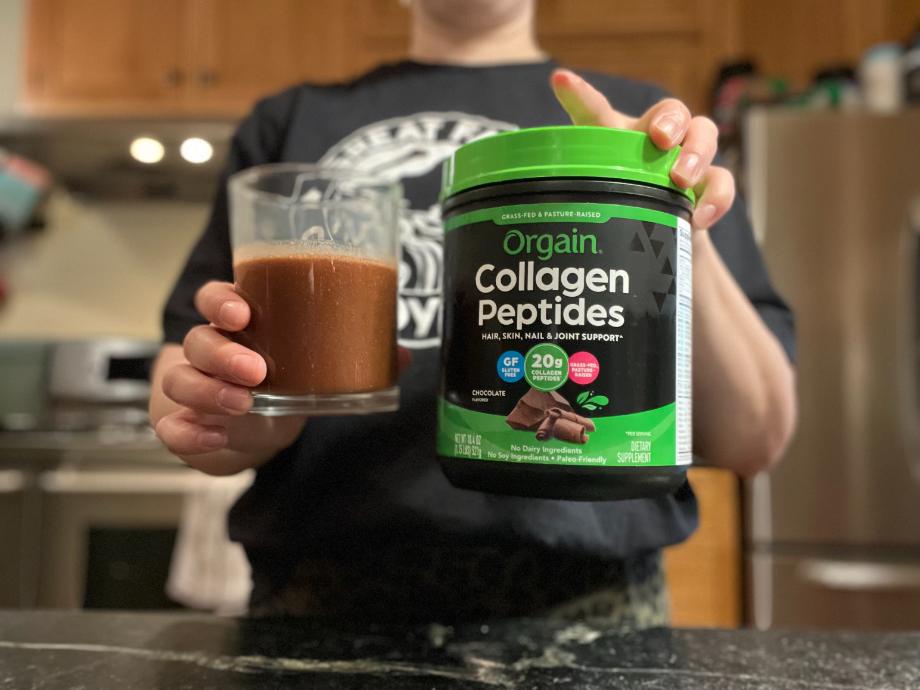I’ve said this before, and I’ll say it again: I continue to be awed by the fact that strength and conditioning can be modified for folks at any fitness level—from beginners to experienced athletes. No matter your goals, if you want to get after it, there is a scalable way to achieve it. This goes for both strength training and cardiovascular exercise.
The tough part about any type of exercise is you’re not going to see immediate results. The human body is capable of change, but it takes repeated work over the course of a long period of time. Plus, in our modern world, it’s increasingly difficult to find the time to exercise.
This is where the benefits of HIIT training come into play: You can improve your heart health and potentially decrease your overall body fat percentage—all in less time than a traditional steady-state cardio workout.
What is HIIT Training?
HIIT is an acronym for high-intensity interval training and it basically means that you perform short bursts of intense exercise followed by periods of rest (or low-intensity movement).
And the really cool thing about a HIIT session is that it’s just a method of training—you choose the exercises, work periods, and rest periods. You can pretty much adapt a HIIT workout for any form of exercise including weight training, bodyweight movements, or aerobic exercise.
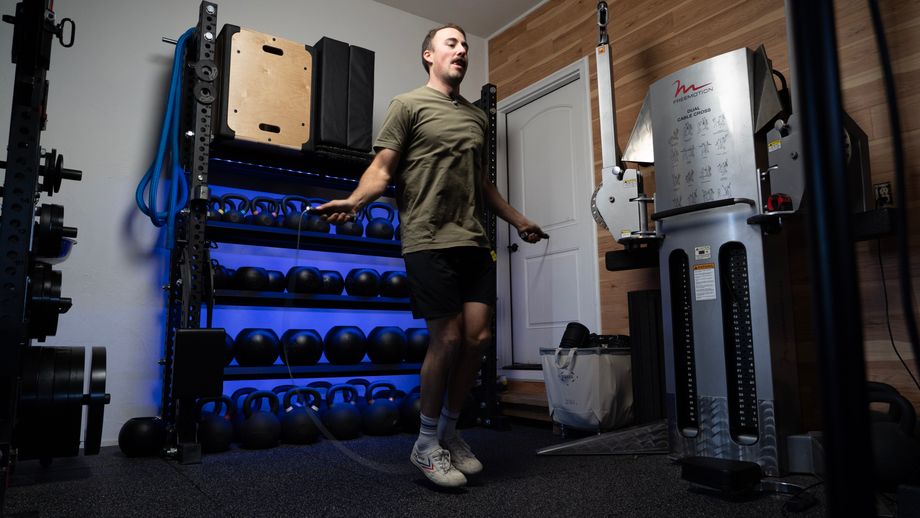
It’s also worth mentioning that the words high-intensity might also lead you to believe HIIT is also high-impact, but it doesn’t have to be. If you’re worried about joint pain or mobility issues, you’ll be happy to know HIIT training doesn’t always equate to endless burpees.
HIIT can incorporate movements like squats, lunges, push-ups, rope slams, or ball slams. You can also perform bouts of high-intensity work paired with recovery periods on aerobic activities like cycling, rowing, or running.
Health Benefits of High-Intensity Interval Training
It’s known that introducing cardiovascular exercise to your routine is good for your physical and mental health. Let’s look at the benefits specific to HIIT exercise:
1. Can Improve Heart Health
You know what’s super cool? Your heart is made up of muscle tissues1 just like the rest of your body. That means with appropriate stimulus, your heart has the ability to get stronger in the same way your legs and arms have the ability to get stronger.
Plus, when your heart gets stronger, it becomes more efficient at pumping blood to the entire body. According to the American Heart Association2 (AHA), a healthy and strong heart helps lower blood pressure, increase good cholesterol, and improve circulation.
But how does one achieve heart health? It’s pretty simple, really: You have to increase your heart rate on a regular basis. According to the AHA, adults need 150 minutes of heart-pumping moderate to vigorous activity each week. This may sound like a lot, but when you break it up, it might look like 30 minutes of exercise five days a week or 20 minutes of exercise every day of the week.
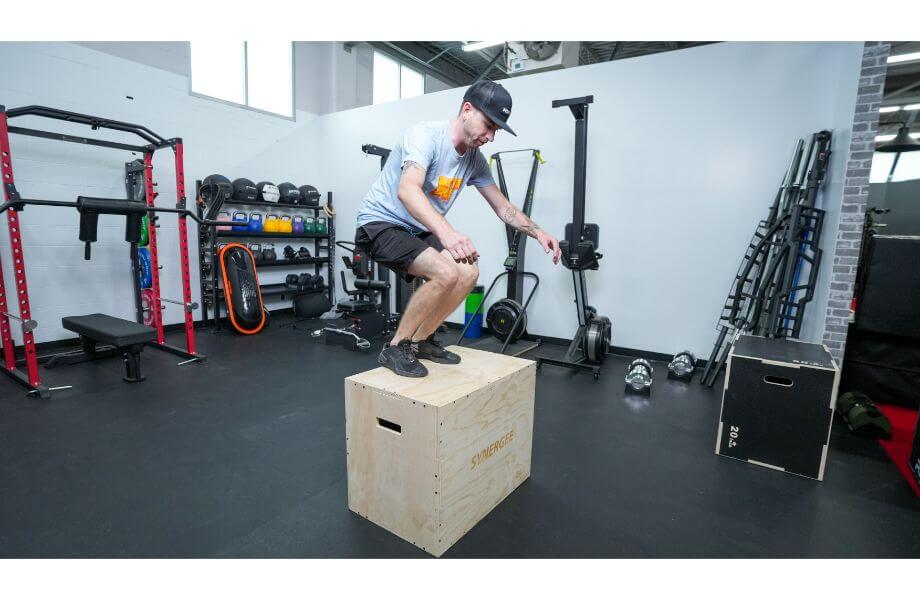
HIIT training is a great way to pack a lot of punch into your workout routine in a short period of time. Twenty or 30 minutes is a perfect amount of time to warm up, execute high-intensity exercise (plus all the rest periods), and still have time to cool down—all time contributing to your overall weekly activity.
2. Intervals Increase VO2 Max
But the question is: What is VO2 max? Without all the science-speak, your VO2 max is a measurement of your oxygen consumption during an intense workout. This evaluation teaches you about your overall cardiovascular and metabolic health by measuring how much oxygen you can intake during a bout of exercise (the more, the better).
In fact, one study found that intervals of both high-intensity3 and moderate-intensity exercise are just as effective at improving overall health as longer bouts of state-state cardio.
3. It May Help You Lean Out
As a certified personal trainer, I’m a huge proponent of all things strength training and typically focus on coaching clients to increase muscle mass through resistance training. However, I will admit that when your fitness goals have anything to do with your body composition and reducing overall body fat, cardio is also important.
A 2022 study4 compared the differences in muscle function, body composition, and blood biomarkers of both moderate-intensity continuous training to high-intensity interval training. Researchers found that of the 68 obese participants, the ones who participated in the 12-week HIIT program (versus the 12-week moderate-intensity treadmill walking program) saw better improvements on muscle function capacities, lean mass, and skeletal muscle markers.
It’s worth noting that while cardio exercise is the most efficient way to burn calories, your caloric intake and overall nutrition plays a huge factor in overall fat loss and body composition.
4. Benefits That Last Long After The Workout is Complete
Because HIIT workouts blend both all-out effort (or nearly all-out) and recovery periods, you’re typically able to push pretty hard over the course of one workout rather than needing to conserve your energy for a longer, endurance-style training session. This high-intensity work can leave you with lingering benefits even after the workout is done and you’re on to the rest of your day.
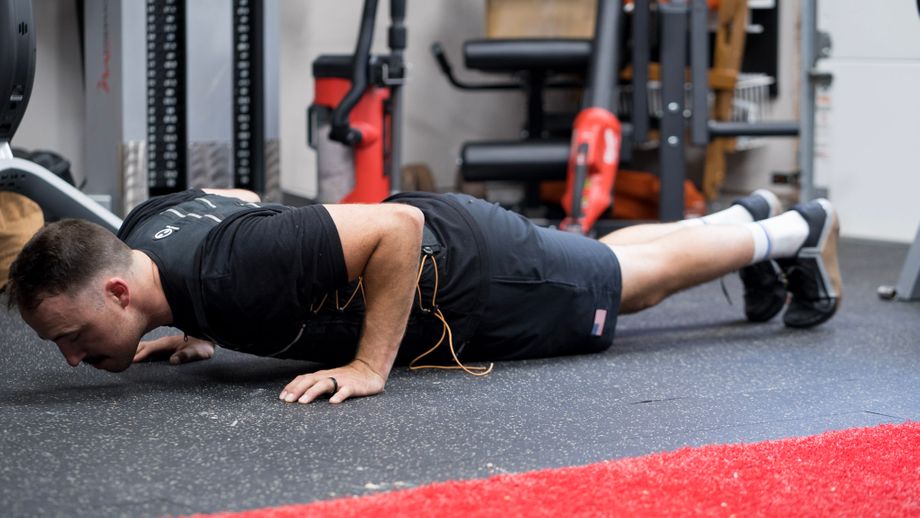
A 2021 research review compared excess post-exercise oxygen consumption (EPOC) between two styles of training: intervals and continuous exercise. In simple terms, EPOC is how long you burn calories after the exercise is done. It was observed that high-intensity interval training provides longer-lasting EPOC effects than steady-state cardio or even sprint interval training.
5. Increases Bone Density
Regular exercise can help trigger new bone formation, which helps your bones become stronger and denser. Lifting weights often gets the most credit for aiding bone density, but HIIT training and other forms of exercise that require impact on your skeletal system help, too.
In fact, a study5 in 2022 found that HIIT treadmill training sessions delivered better bone metabolism results than moderate-intensity continuous training on a treadmill in the course of just eight weeks.
6. Accessibility
Another benefit to HIIT training is the fact it’s adaptable to your surroundings. Whether you’re in a commercial gym or a hotel room, you can adapt a workout to the equipment you have on hand, minimal space, and limited time.
A popular way to perform intervals with only your bodyweight is the 20/10 pattern of Tabata. To perform a Tabata workout, you’ll perform 20 seconds of all-out effort followed by only 10 seconds of rest. You can do it with split squats, burpees, push-ups, mountain climbers, or any other bodyweight movement. Needless to say, it’s a tough workout and doesn’t require much space.
7. Time-Efficient
I like to do a mix of HIIT workouts and steady-state cardio throughout the week in addition to barbell training. But here’s the thing: I burn more calories in less time when I do a HIIT program than when I walk on my treadmill for 30 minutes. It’s laughable how little my Move Ring advances on my iPhone during a walk or jog compared to a shorter HIIT workout.
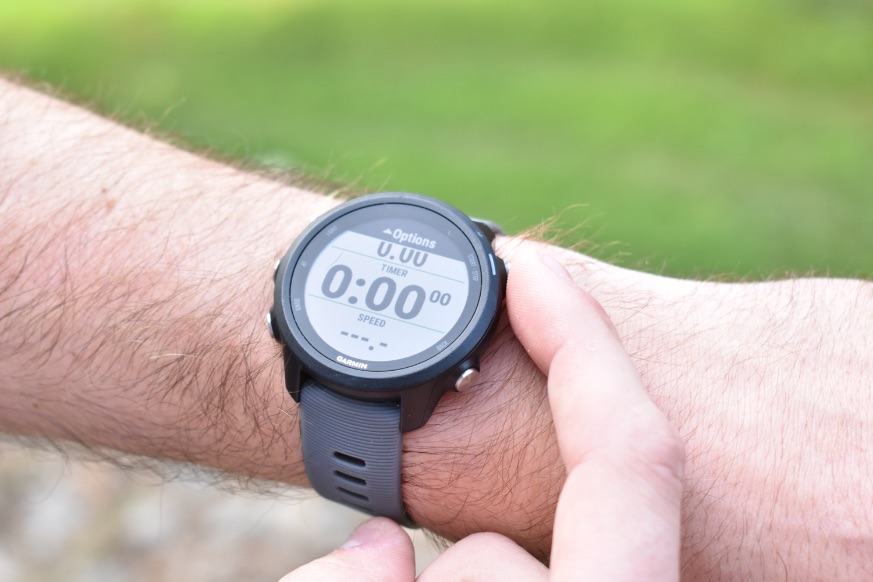
In a 2015 study6 to determine the effects of HIIT and steady-state cardio, researchers found that even mild interval training presents very similar physiological challenges compared to steady-state training. That said, if you’re short on time, a HIIT workout can deliver the same benefits you might get from a longer more endurance-style run or bike ride.
It’s also worth noting that the research did discover that training enjoyment went down for subjects who were in the HIIT program versus the steady-state program.
How To Do High-Intensity Interval Training
In a 2012 research review7 published in Sports Medicine, author Daniel Scardina states that the “idea that interval training can be identified by a specific intensity, duration, or number of exercise bouts or by the amount or type of recovery between bouts of exercise is not valid.”
In other words, interval training—in this case HIIT—is an umbrella term for any type of intermittent training where you manipulate the intensity duration of both work and recovery periods.
This means you can manipulate and scale HIIT training in a variety of ways that work best for you. You can perform everything from jumping rope to kettlebell swings to achieve a HIIT routine.
Examples of HIIT include:
- Cycling through a series of 200-meter sprints followed by two minutes of recovery
- Performing all-out effort on rope slams for 20 seconds, followed by 60 seconds of rest
- Repeated cycles on a rowing erg performing nearly all-out effort for 30 seconds, followed by 60 seconds of low- to moderate-intensity effort rowing
Benefits of HIIT: Final Thoughts
There are a variety of benefits of HIIT training, but overall it’s important to realize that HIIT training is a form of cardiovascular exercise. Any form of cardiovascular training that you enjoy (and helps you meet the recommended 150 minutes of activity per week) is the exercise you should partake in. Overall HIIT training can be fun, it can save time, and it is highly adaptable for a variety of skill levels.
Benefits of HIIT: Q&A
Why is HIIT so beneficial?
The short answer is HIIT is a time-efficient way to improve your cardiovascular and metabolic health.
Do HIIT workouts burn belly fat?
While you cannot spot-treat fat loss, cardiovascular exercise can be an efficient way to burn calories and promote fat loss. Additionally, your caloric intake and overall nutrition plays an even bigger role in weight loss and overall body composition.
Can HIIT change your body?
Consistent HIIT workouts paired with proper recovery, rest, and nutrition spanned out over the course of weeks and months can absolutely lead to body competition changes in muscle and overall weight loss.
References
- Ripa R, George T, Sattar Y. Physiology, Cardiac Muscle. [Updated 2022 Jun 2]. In: StatPearls [Internet]. Treasure Island (FL): StatPearls Publishing; 2022 Jan-.
- American Heart Association. Why is physical activity so important for health and well-being? 2017, January 14.
- Ingham SA, Carter H, Whyte GP, Doust JH. Physiological and performance effects of low- versus mixed-intensity rowing training. Med Sci Sports Exerc. 2008;40(3):579-584. doi:10.1249/MSS.0b013e31815ecc6a
- Youssef L, Granet J, Marcangeli V, et al. Clinical and Biological Adaptations in Obese Older Adults Following 12-Weeks of High-Intensity Interval Training or Moderate-Intensity Continuous Training. Healthcare (Basel). 2022;10(7):1346. Published 2022 Jul 20. doi:10.3390/healthcare10071346
- Panissa VLG, Fukuda DH, Staibano V, Marques M, Franchini E. Magnitude and duration of excess of post-exercise oxygen consumption between high-intensity interval and moderate-intensity continuous exercise: A systematic review. Obes Rev. 2021 Jan;22(1):e13099. doi: 10.1111/obr.13099. Epub 2020 Jul 12. PMID: 32656951.
- Foster C, Farland CV, Guidotti F, et al. The Effects of High Intensity Interval Training vs Steady State Training on Aerobic and Anaerobic Capacity. J Sports Sci Med. 2015;14(4):747-755. Published 2015 Nov 24.
- Daniels, J., Scardina, N. Interval Training and Performance. Sports Medicine 1, 327–334 (1984).


